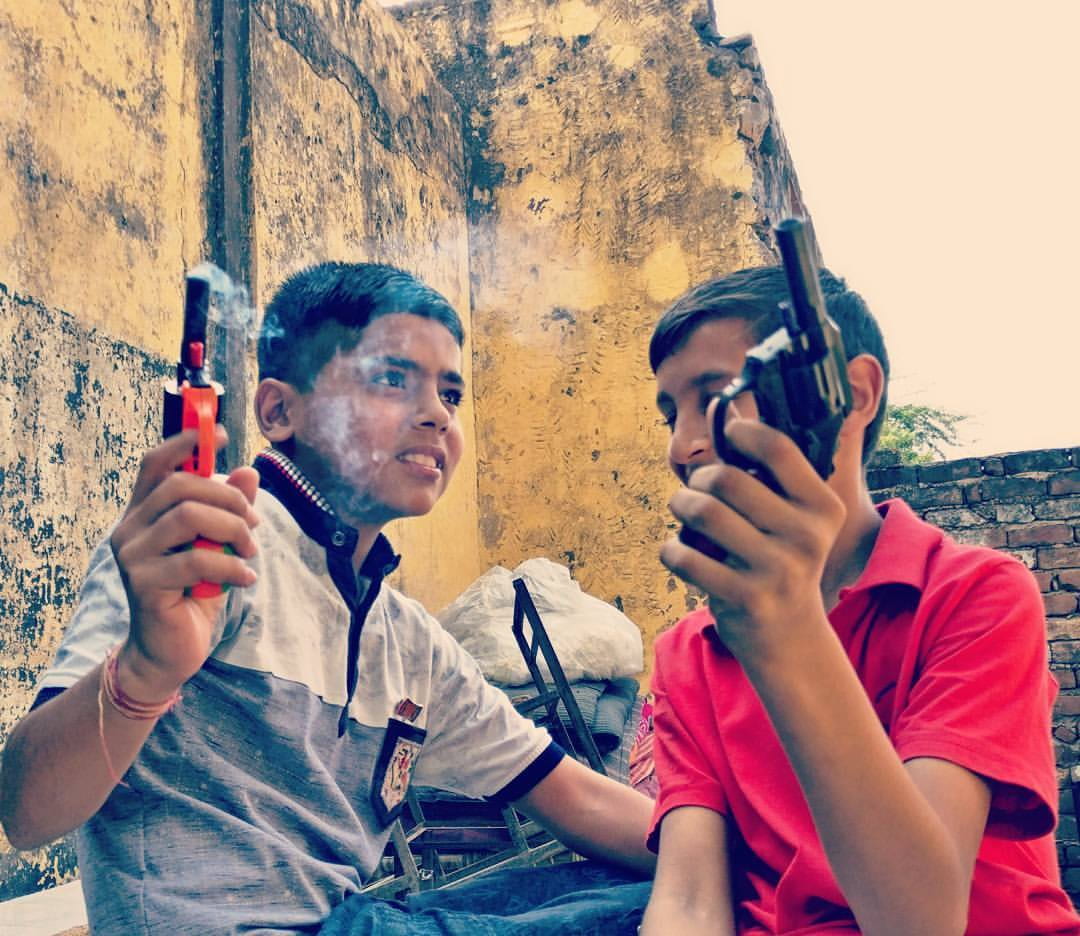Diwali दिवाली 1 Lesson plan by Rajni Bhargava

Proficiency level: Intermediate Mid/High (HLLs)
Time: 2X75 min
Objectives: Students will be able to:
- ask and answer questions about how Diwali is celebrated
- describe the products and practices associated with Diwali, (नए कपड़े पहनना, घर की सफाई करना, रंगोली बनाना, घर सजाना)
- explain how Diwali is celebrated using strings of connected sentences
Language Targets:
- understand and use passive voice (घर सजाये जाते हैं, दिवाली मनाई जाती है ) Note: HLLs tend to use intransitive verbs or the impersonal 3rd person plural instead.
- use complex sentences with correlative subordinate clauses including details (जो… वह …; जब…, तब…)
Performance Assessment:
Interpretive: Students come up with categories and work on a list of expressions and phrases related to Diwali from an article.
Interpersonal: Students exchange information they gathered from an assigned excerpt of an article to compare and contrast in a Venn Diagram.
Presentational: HLLs write a blog and FLLs record a podcast about a celebration of Diwali in a specific region.
Learning episodes:
Episode 1: Students brainstorm on how they know Diwali is celebrated. Instructor categorizes the information on board according to new vocabulary, verbs in two categories transitive and intransitive, adjectives and nouns. The teacher prepares the students for the article they will read. Instructor continually expands the list by adding more words later on in the lesson. Students work in pairs and each one is assigned a different section of the article to read on how Diwali is celebrated in various parts of India. Each group focuses on a different part of India, western, southern, central and eastern, and about how Diwali is celebrated.

Episode 2: Students change partners and tell each other what they found out to fill out a graphic organizer indicating similarities and differences.
Episode 3: Teacher draws attention in the article on the passive voice forms. Students scan for more passive forms in the article. Then, they write down a few sentences describing how Diwali is celebrated using the passive and highlight at least one product (a thing) or one practice (an action) or one perspective (a thought, concept) unique to the specific region they read about.
Episode 4: Gallery walk: Once the students are experts on their own region, they set up a station and every group visits another station to ask for information on Diwali of that region. The groups collect information on a blank India Outline Map about how Diwali is celebrated and note at least one unique feature to the celebrations of each region.
Examples of student work: Diwali Outline Map 1; Diwali Outline Map 2
Episode 4: Students in groups read different excerpts of another essay on how Diwali is celebrated in the Northern region of India. More new words are added to the list (पुताई, उपहार, परम्परा). Teacher draws attention on the use of complex sentences (जो… वह …; जब…, तब…). Students formulate questions, ask and answer to each other about what is specific in the Diwali celebrations in Northern India.
Episode 5: In groups students are assigned to write a blog (HLLs) and record a podcast (FLLs) for a college student club including images on how Diwali is uniquely celebrated in a region of their choice, using at least:
- 20 phrases/words from the vocabulary list
- 10 sentences passive voice
- 5 relative-correlative sentences